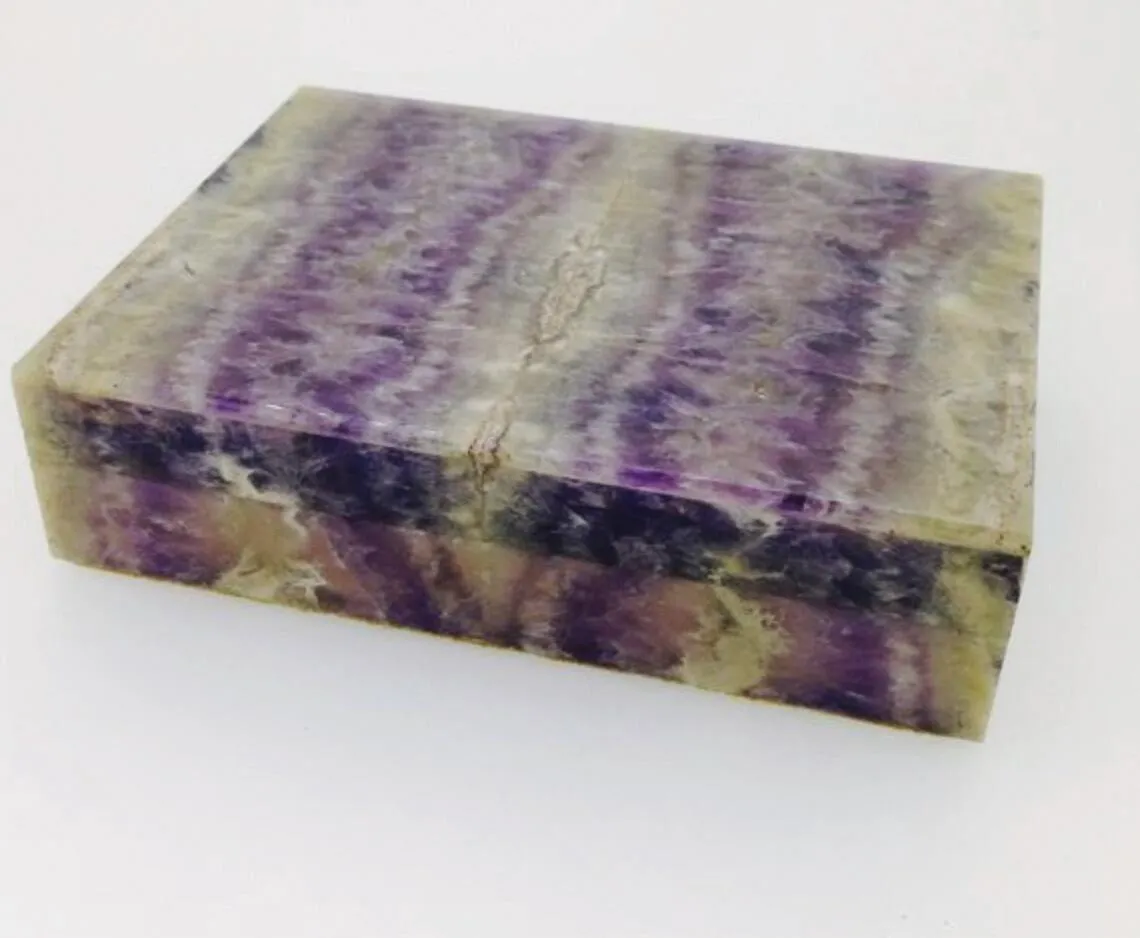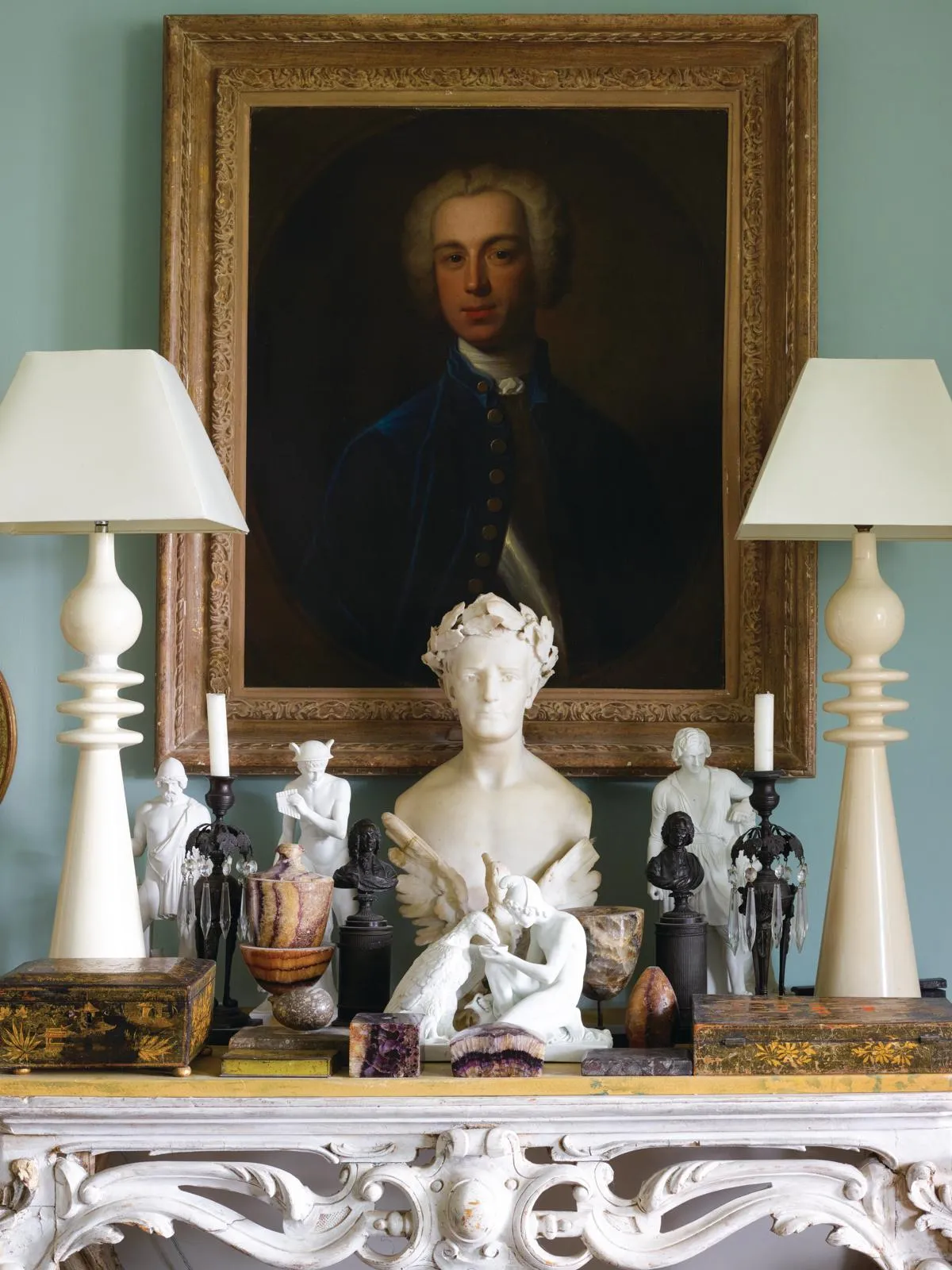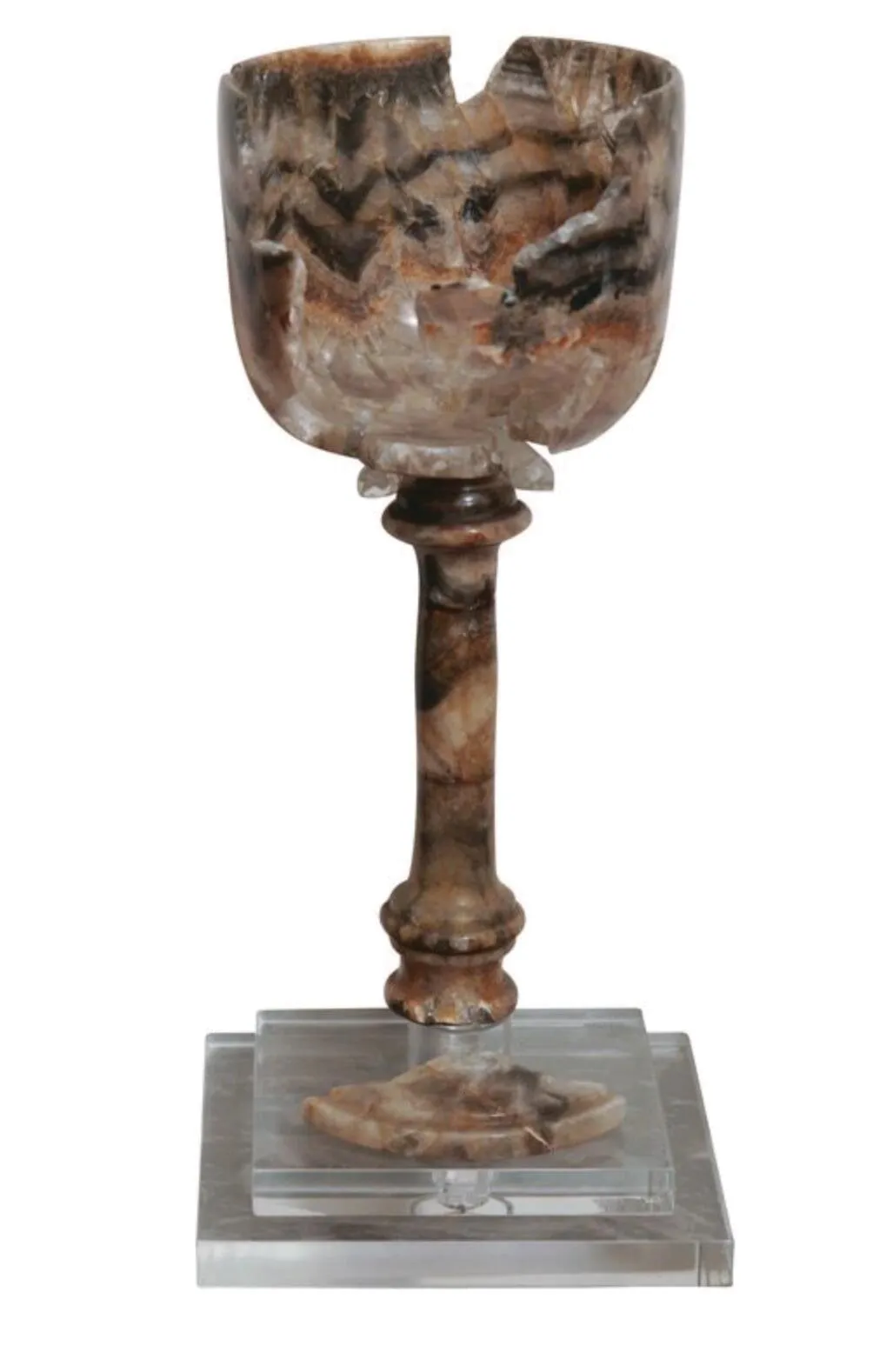What is Blue John and what makes it so distinctive and sought after?
Blue John is a semi-precious stone – a fluorite, or fluorspar – with a characteristic blue, yellow and purple banding that is only found in a handful of mines in the Castleton area of Derbyshire. There are various theories about how it came by its name, but it is most likely from the French ‘bleu-jaune’ (blue-yellow).

When was Blue John first used?
Some people say it was the Romans who first discovered it, but the first definite published references date from 1766. We know that from around that time Matthew Boulton was using Blue John to decorate fire surrounds and for decorative items.
How long did the fashion last?
Production grew hugely in the late 18th and early 19th centuries, not just because of the demand for large, decorative items, but also because the desire for tourist souvenirs grew with the advent of the railways. The problem was the limited supply – by 1892, because the major seams were running out, only three tonnes a year were being produced. In 2015 a new seam was revealed making large-item production possible again.

How are Blue John pieces made?
The production process is long and complicated, because in its excavated state Blue John is a friable substance. Stones have to be air dried for a year, then heated before being placed in a bowl of hot resin, then heated again in a vacuum oven to drive out air bubbles and bind the stone into workable blocks. The finished objects are treated with resin again, then finally polished.

How is Blue John valued?
As well as its rarity, its size, colour, age and complexity of form all play a part in value. Elaborate vases, especially those made by Matthew Boulton’s workshop, are highly sought after: a pair of pedestal urns sold for £120,000 in 2012. Smaller items can cost under £1,000. If in doubt over an item, collectors should seek expert advice because a banded fluorspar similar to Blue John has recently been found in China – objects made from this, while decorative, are less desirable.